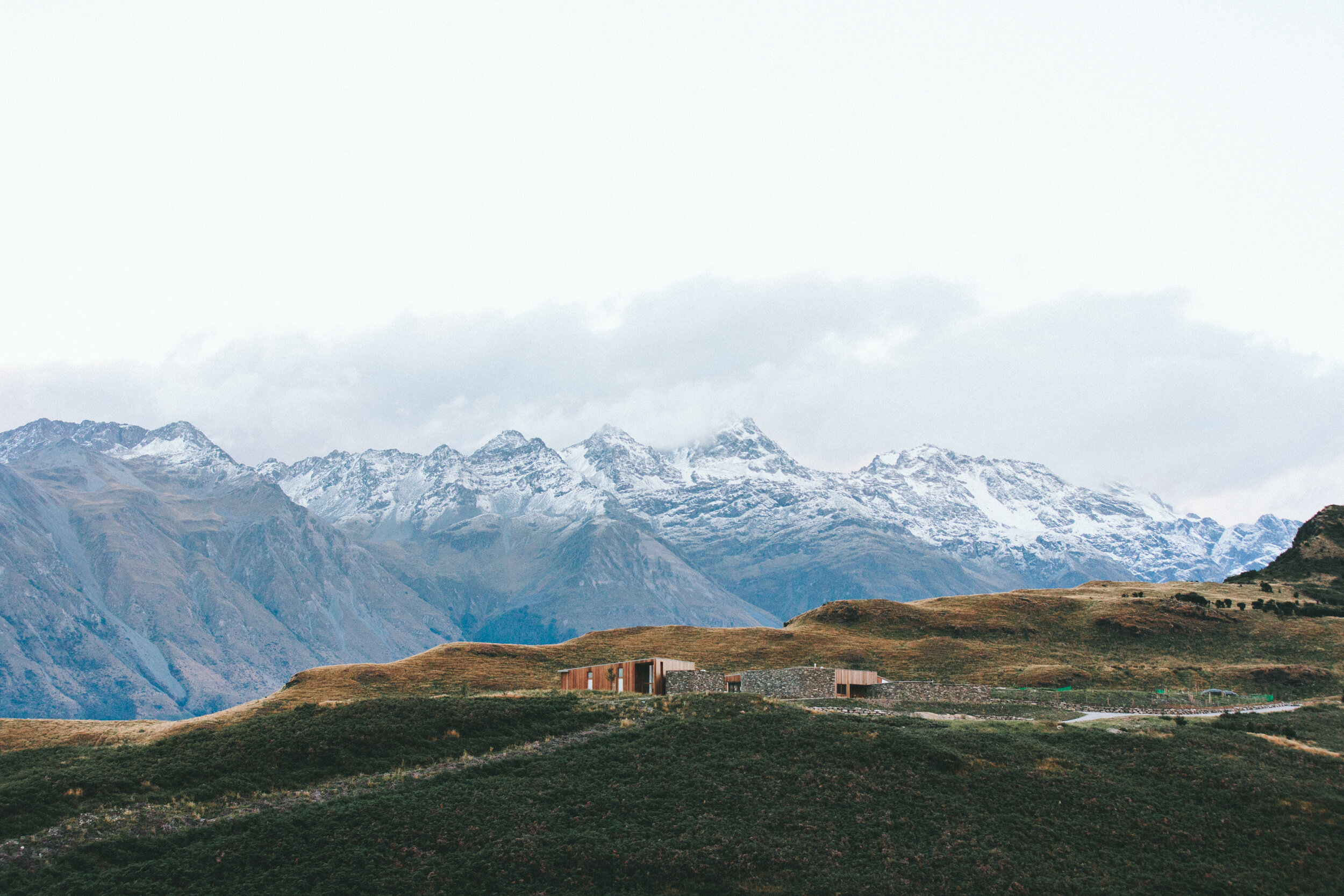
Plateau uses Ground Penetrating Radar (GPR) along with a range of other geophysical methods to create detailed 3D volumetric images of subsurface conditions. Our services cover a broad range of applications from environmental, geological, engineering, mining, forensics, archaeological, monitoring, QC and QA.
Bells Mountain
Bradford Hazard Assessment
Calbag 2495
Calbag 2500
Castle Rock Hydrogeologic Assessment
Day Care Utility Locate
Dobbe Hazard assessment
Fitzgerald Geohazard assessment
Freeway ll Stormwater
Halblieb Geohazard assessment
Historic Columbia River Splill
Jack Slades Coffin
Kosloski Property Critical Area Assessment
Little Kalama Rd Landslide Assessment
Mackaye Harbor
Mederos Geohazard Assessment
NEX Gas Station
Oseran
Port Angeles GW Monitoring
Shell at Fishers Landing Phase I
Singer Chevron Phase II
The Dalles Disposal Site
Thrifty Auto Longview
Trimet Milwaukee Phase I
Geophysical
Ground Penetrating Radar (GPR) is a nondestructive geophysical method that uses electromagnetic radiation in the microwave band (UHF/VHF) to characterize subsurface conditions. This versatile method is ideal for determining concrete condition, locating and delineating buried utilities, identifying subsurface voids, mapping settlement beneath concrete or asphalt surfaces, mapping contaminate plumes, locating underground storage tanks (UST’s), mapping archaeological sites, and general shallow geology mapping. Plateau can provide relatively quick, efficient 2-D and 3-D GPR surveys of a site where space is limited or within existing buildings. GPR can be used as a stand-alone survey method or when combined with our other geophysical services provide a more detailed, more robust interpretation of the subsurface. Plateau uses state-of-the-art software that includes the capability to import, reprocess, and interpret data acquired from all commercial GPR systems worldwide.
Why use GPR over other geophysical methods?
GPR is ideal for mapping specific areas of interest in a variety of environmental settings. Unlike other methods like magnetometry, GPR can map features of all different compositions, including wood, stone, and metal. It is also the only near-surface geophysical technique that provides actual depth in the ground, making it an ideal tool for the studying of archaeological, environmental, and construction
sites.
Assessment of Underground Storage Tanks (UST)
Contaminant Mapping
Buried Debris – Waste Decomposition Status
Environmental Studies
Mapping Landfills
Environmental Assessment
Contaminant plume delineation
Sinkhole Investigation and Mapping

